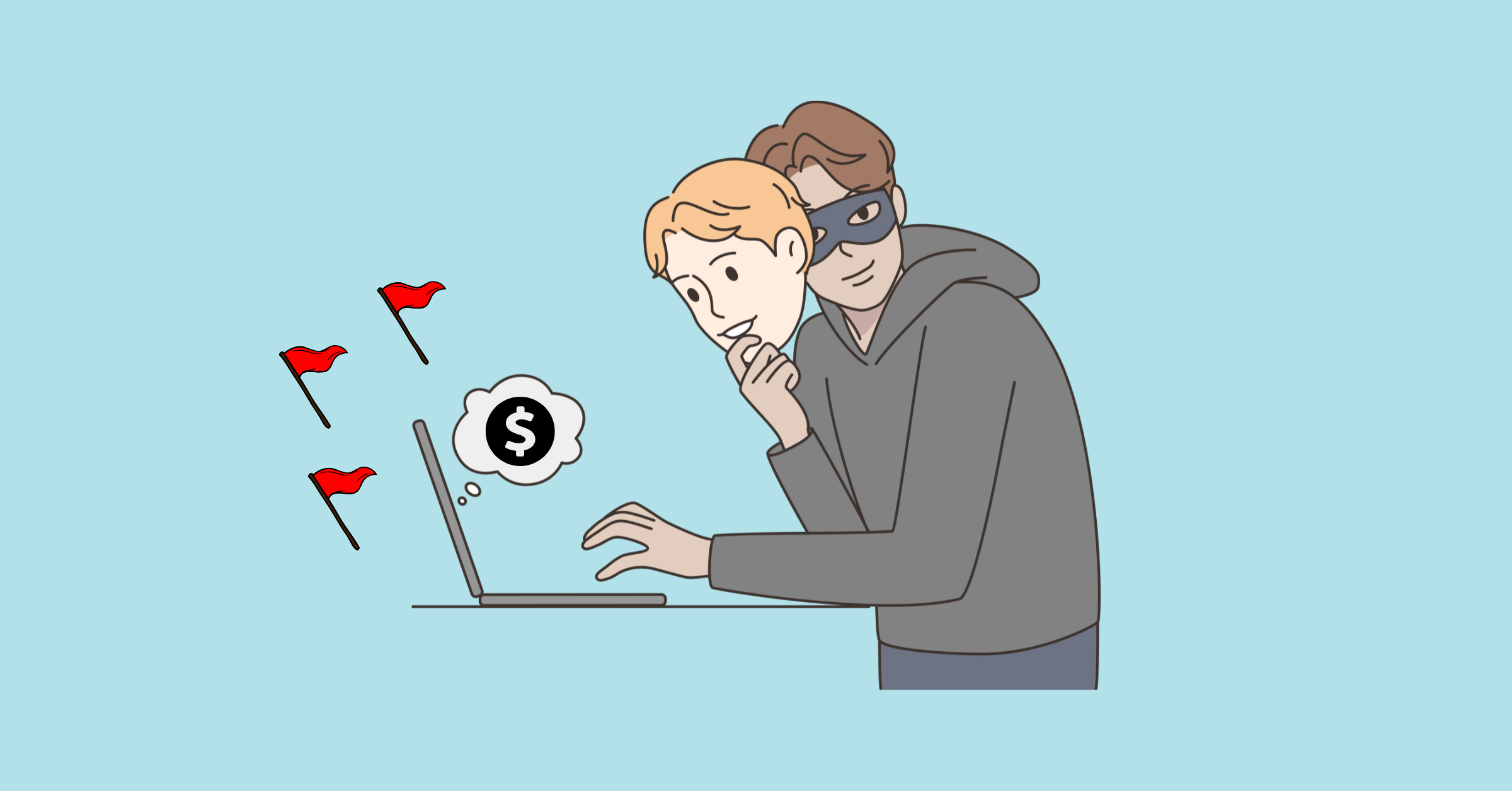2022 has arrived and with it, more pandemic-hued bedlam, coloring almost every aspect of our lives with Covid-colored crayons. As we continue to reckon with our new (pathogenic) normal, certain realities have only etched themselves deeper. You’ve heard this before, and we’re saying it again: The pandemic has disproportionately affected women. Their health, work, and economic well-being have been negatively impacted. Women in general are carrying more of the burden in terms of domestic responsibilities — remote schooling, housework, managing the health and wellness of their families, and more. A September 2021 McKinsey study found that mothers are now more than three times as likely as fathers to meet the majority of household and caregiving demands. “Other (industrialized) countries have social safety nets; the U.S. has women,” shared sociologist Jessica Calarco.
For many women, maintaining full-time careers while simultaneously handling all these pandemic extras has become, well… too much. Women in the Workplace is the most extensive study on the state of women in corporate America, based on data from 423 companies employing 12 million people. It found that the percentage of women considering leaving the workforce or slowing down their careers has grown since the pandemic started. Women feel more burned out now than they were a year ago, and burnout is considerably more prevalent among women than men. As of September 2021, one in three women were considering downshifting or stepping away from their career, compared to one in four who said this several months into the pandemic.
All this is cause for concern — but there is reason for hope. The good news? Many women who needed to step away from full-time roles have found a new path forward with freelance work, which may be a better fit for their pandemic-infused work/life balance. The gig economy may just revolutionize the future of work to benefit women in the long run.
Businesses are increasingly adopting flexible work arrangements, like fully remote and hybrid models — taking a page from the freelance playbook. And we are also witnessing the growth of the independent contractor workforce, which includes those who freelance or consult. A recent survey of 2,000 women — most of whom were primary caregivers for their families — found that 96% felt flexibility was the primary advantage of independent work. A quarter of these women had recently left traditional employment, mainly because they needed more flexibility or time to care for children, parents, or other relatives.
Here’s why freelance work is well-suited to women. Independent workers are unique in the type of work they produce compared to traditional 9-to-5 employees. Standard employees are enmeshed with teams and have more interactive communication and coordination and a deeper level of shared responsibilities. However, freelance or independent workers provide a more individualistic and discrete contribution — think proofreading, massage therapy, or tutoring. Women entrepreneurs rule the roost at Etsy, where a whopping 87% of the sellers are women.
Recent research by Liya Palagashvili, Senior Research Fellow at the Mercatus Center at George Mason University, substantiates this thinking, finding that: “women self-select into independent work roles where greater autonomy defines the work, where the role allows for greater freedom to make decisions and structure activities, and where the workweeks are shorter — allowing for greater temporal flexibility.” Simply put, Palagashvili says, this type of “work extends opportunities to women who would otherwise be unable to take on employment.”
Women’s shift towards independent work has been brewing for some time. Overall participation in freelance work has grown since 2000, but growth among women has been significantly more robust than for men. Using the tax data of independent contractors, an IRS study found that between 2001 and 2016, women accounted for 55% of growth in independent contracting at a time when full-time employment rates for women were relatively flat. We may be looking at a broad-based structural shift in how American women engage work, one that is ramping up dramatically thanks to the pandemic.
While independent work prospects for women are growing, challenges remain. As the number of independent contractors grows, work policies need to evolve as well. A 2020 survey found that 80% of self-employed respondents want access to flexible or portable benefits that are not tethered to a specific job or employer. (Check out the benefits available to Creative Circle freelancers here.)
The future of work is now. Even companies with a primarily full-time workforce are heeding the call for flexibility. More than 75% of senior human resources leaders say that letting employees work flexible hours has improved employee well-being. Companies are embracing flexibility and WFH at levels that would have seemed impossible just a couple of years ago — and many are also offering freelance work to those who would prefer that model to full-time employment.
We have a rare opportunity to create more inclusive workplaces that take the reality of women’s lives into more focused and thoughtful account.
About the author.
An award-winning creator and digital health, wellness, and lifestyle content strategist—Karina writes, produces, and edits compelling content across multiple platforms—including articles, video, interactive tools, and documentary film. Her work has been featured on MSN Lifestyle, Apartment Therapy, Goop, Psycom, Yahoo News, Pregnancy & Newborn, Eat This Not That, thirdAGE, and Remedy Health Media digital properties and has spanned insight pieces on psychedelic toad medicine to forecasting the future of work to why sustainability needs to become more sustainable.



